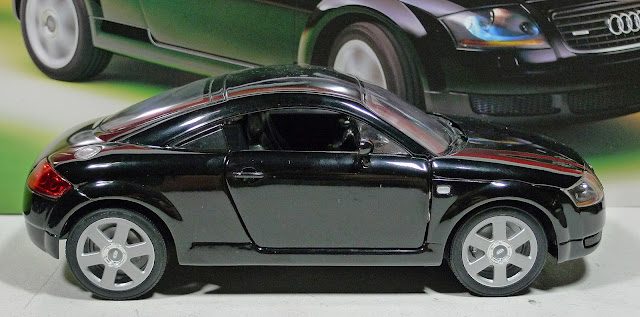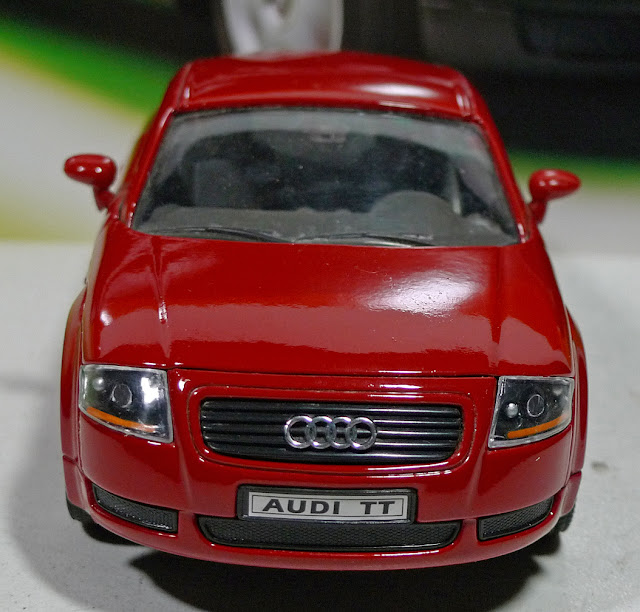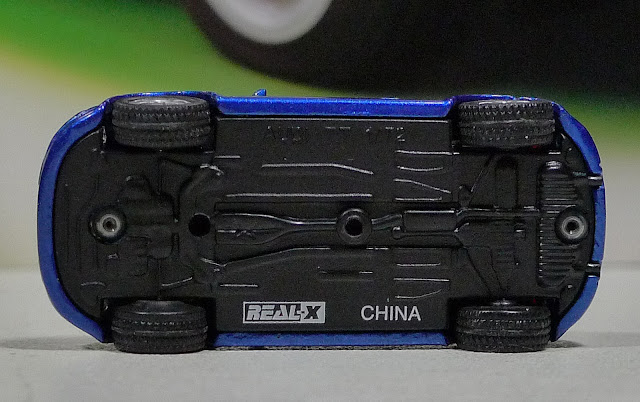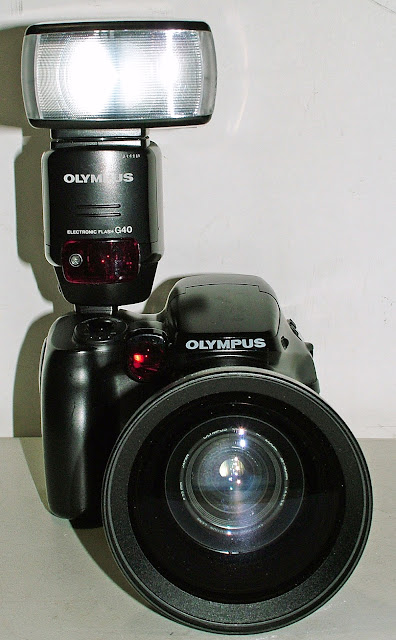Gentle reader,
Some years ago, I enjoyed owning a 2000 Audi TT quattro, it was double denim blue. In other words, denim blue paint and denim blue leather interior.
Rather than bore you with photos of a car I no longer have, here is a link to my early days of blogging when I didn't know the fine art of it. Anyway, my boss and I commuted the same direction and he made a drive-by video of me in the TT:
As you may have figured out by the theme of my blog, I collect things I like. And, when I get into something, I get my hands on all kinds of information and other things related to whatever it is.
Not too long ago, I made a post showing my collection of 1/43rd scale Volvo wagon diecast cars. I now drive an '05 Volvo V50 T5 6S. The "T5" is on the car it means Turbocharged 5 cylinder engine. The "S6" is not, that's my shorthand for 6 speed manual transmission. But I digress.
I have diecast models of the 1st generation Audi TT in several scales. Most are blue like my TT was, the rest are in colors that I could find.
All images were made with my Panasonic Lumix DMC-LX3 camera which has a fast Leica lens with nice macro capabilities. NOTE: If you click on any picture, a new window opens with ALL the images in a larger size. You can use your arrow keys to look at each one, if you wish.
The background is from the Audi TT brochure, the largest new-car brochure I've ever seen, but Audi was rightly proud of their new TT. BTW: TT stands for Tourist Trophy which is an annual road race on the Isle of Man in the Irish Sea. Today, it's motorcycles, but it used to be cars too.
Below, we start with the largest at 1/18th scale. They made one in blue/blue, but there was fierce competition for them, so I settled for black.
For comparison's sake, I photographed each model in the same place, so the image from the brochure provides scale for each car. Note how much larger the wheel/tire seems to get in the background of each car.
Note in the brochure and this and some of the other models, there is no rear spoiler. Originally, they came without one. But due to a couple high speed crashes on the autobahn in Germany, they determined it needed a rear spoiler and some other aerodynamic aids to make the TT more stable at speed.
This model is actually one that was not sold in the US. It is front-wheel-drive and has a less powerful engine. Essentially, it was a Turbo New Beetle with an Audi body and interior.
The "5V" refers to five-valves-per-cylinder: Three intake and two exhaust. Unique to this 1.8 liter turbo engine. In quattro versions, it came initially with only 180 horsepower and a five-speed-manual transmission. It can quickly be identified by it's single tailpipe and under the hood, the intake throttle valve in on the passenger side. More on this later.
Above, you see a lot of silver items, in the real car, anything that looks aluminum IS aluminum. Those triangular items on both sides of the console actually are braces and they have hand grips on them. More for looks than for hanging on in hard cornering.
Diecast cars and other small things are meant to be enjoyed with the naked eyes. If you photograph them, you see all the dust and in the case of these photos "hair" from a Swiffer duster.
And below, is the bottom: There is no brand name on the chassis and I would have to dig in the attic to find the maker's name. No worries.
Next, I had to order this one directly from China, in red and 1/24th scale. This one is a couple years newer and has the 225 horsepower engine which had two intercoolers, one behind each of the small side grilles below the bumper and the intake throttle body is on the passenger side. That, plus it has dual tailpipes.
Note the different wheels as well. The photo above is the closest to the actual shade of red.
Geez, look at the dust! Tisk, tisk, tisk.
Above, you can see a representation of the rear axle assembly. They use a setup developed by Volvo so that these and other cars that are front-wheel-drive based, all-wheel-drive models are in fact only all-wheel-drive when the front wheels are detected to be spinning. Not the dual exhaust.
Next, is a 1/32nd scale one I found at the local grocery store. They sell all these nice models for $5.99! They have great details and a wide variety is available. Pure genius putting them up front by the cash registers where all the kids and men (Overgrown kids) can see them.
Below is one of those Swiffer hairs! Very great tool for dusting, but they do shed.
Now, what follows is in 1/43rd scale. One of the most prolific of sizes and they put amazing detail in them. They can be very pricey, too. Note that it even has a tiny antenna on the roof!
Not bad, eh? The next one is what I call a "play car" meaning it wasn't made for adult collectors, but for kids to play with. I have a later model TTS which has much better detail, but it is 2nd generation. It is nominally 1/64th scale. By that, I mean that is their goal, but if you've seen a lot of 1/64th diecast cars together, the actual scales are all over the map.
Vague details, at best. But the right shapes are there. It's a Matchbox, by the way.
What follows is the tiniest, at 1/72nd and it is made by Real-X. Amazing details for one so tiny. I suspect there are 1/87th scale ones available (HO scale) but I've never looked for one.
Below is a series of the 1/43rd and 1/72nd models together.
And finally, since I went to the trouble of posing, photographing, editing and uploading all these images are some more of the whole group of them:
And finally, the two other TT models I have in 1/64th scale. I also have a few other Audi models, but this is about the iconic TT:
The roadster is 1st generation. The TTS in the left is newer. TT Roadsters are two-seaters. The TT coupe is what's called "2+2". This means, while there are back seats, you really don't want to use them. Having back seats in a sports car lowers the insurance costs, suposedly. All Porsches except the Boxter and Caymen which are mid-engine have back seats, yes, even the 911.
These tires are WAY wider than ever fit on a street TT. These would qualify as racing slicks!
That's it for this treatise on Audi TT cars. I hoped you enjoyed my presentation. Oh, yes, I do miss my TT, just not when expensive things started breaking on it.
Thanks for looking,
Scott





































































